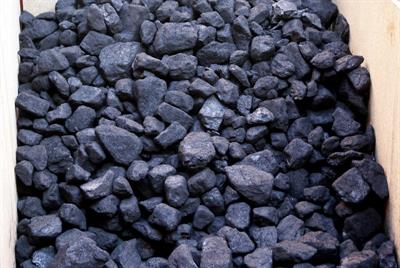PDF chapter test TRY NOW
Types of energy
Wood was the most common source of heat energy in ancient times. For limited activities, the energy of flowing water and wind was also used. Can you think of any of these applications? The industrial revolution was made possible by the use of coal as a source of energy. Globally, increasing industrialisation has resulted in a higher standard of living. It has also resulted in a massive increase in global energy demand. Fossil fuels like coal and petroleum were largely responsible for meeting the growing demand for energy.

Coal
These energy sources were also designed to be used by our technologies. However, these fuels took millions of years to form, only a few reserves are left. Because fossil fuels are nonrenewable energy sources, we must conserve them. We would soon run out of energy if we continued to consume these sources at such alarming rates! Alternative energy sources were investigated in order to avoid this. However, we continue to rely on fossil fuels for the majority of our energy needs.
There are other drawbacks to burning fossil fuels. In Class IX, we learned about the pollution caused by coal and petroleum products burning. Acidic oxides are carbon, nitrogen, and sulphur oxides released when fossil fuels are burned. These things cause acid rain, which has an impact on our water and soil resources. Remember the greenhouse effect of gases like carbon dioxide, in addition to the problem of air pollution.
We must increase the efficiency of the combustion process and use various techniques to reduce the escape of harmful gases and ashes into the environment to reduce pollution caused by burning fossil fuels. Do you know that in addition to being used directly for a variety of purposes – such as in gas stoves and vehicles – fossil fuels are also the primary fuels used to generate electricity? Let's make some electricity in the classroom and learn about what goes into making our favourite form of energy.
